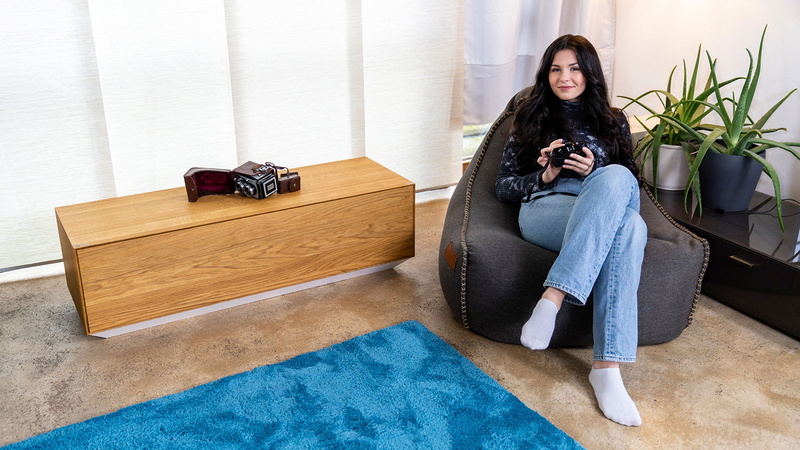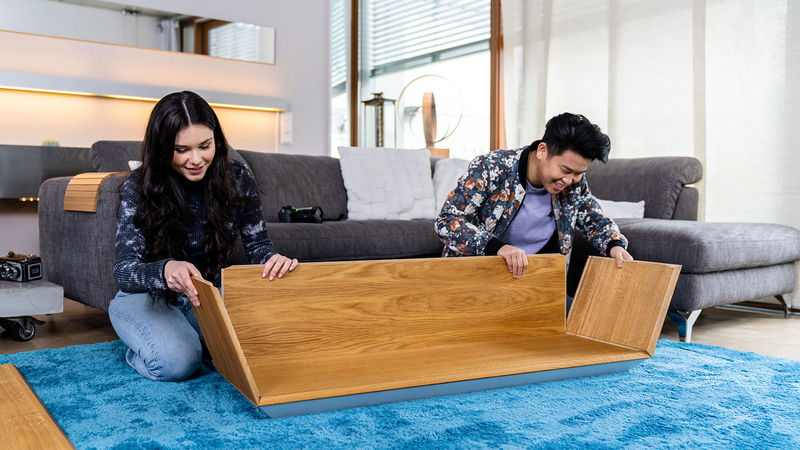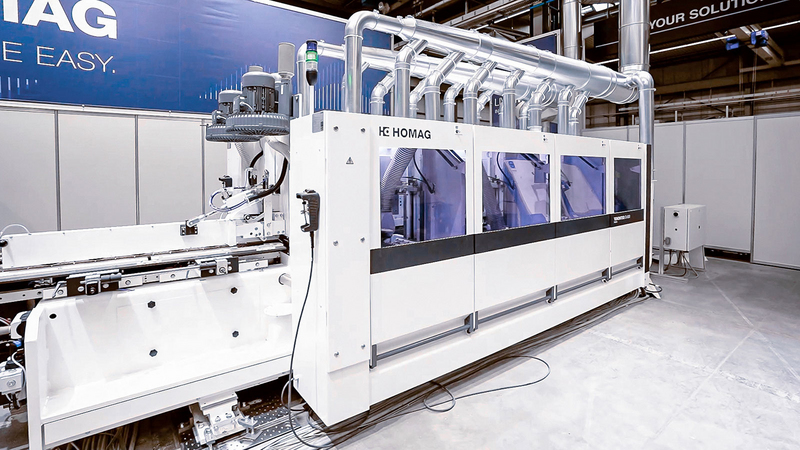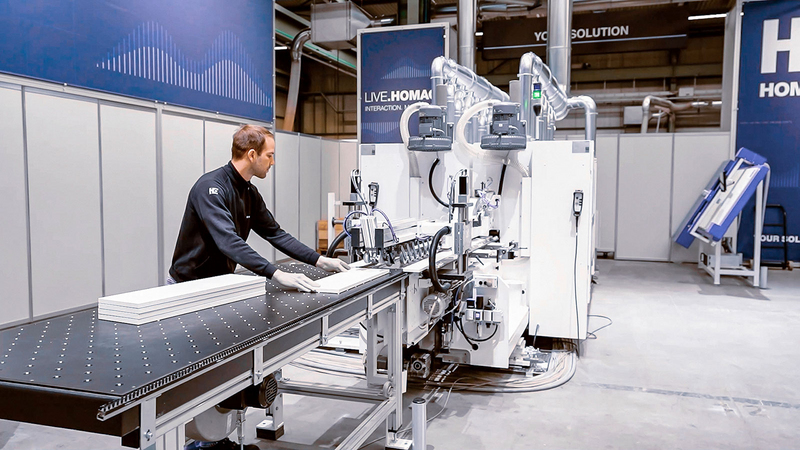Furniture assembling made as simple as a click
Applying the concept of click flooring into furniture production, HOMAG developed the machines to produce furniture with click technology. This enables furniture makers to embrace flat-pack furniture production, which, in turn, simplifies processes from packaging to logistics.
Click furniture is an “aspiring technology” that allows furniture production to be carried out in a simple manner. It does away with bags of tools, screws, dowels and fittings, allowing users to assemble or disassemble the click furniture easily.
This concept came from the flooring sector where click systems have long been established. For more than 25 years, HOMAG has been developing and constructing machines in several performance classes for floor-click and wall panels profiles, and working with the licensors of click profiles.
It was the expertise and knowledge HOMAG has had in making click solutions more efficient for furniture manufacturers that drove the company to develop corresponding machines to produce click furniture.
The Mechanism Behind Click Furniture
The click technology for the furniture is applicable to all the main components – from the drawer to the standard cabinets and shelves. Some companies utilise a fibre-glass locking element that is integrated into the board. When assembling, the locking element bends inwards, allowing users to push the board through; it then bends outwards and connects two boards together.
The locking element can be unlocked with a simple tool to disassemble the furniture. Additionally, it is automatically inserted during the profiling of the panels through HOMAG’s machines, thus minimising additional steps needed and reducing the set-up time.
Goh Kun Wha, HOMAG Asia area product manager for flooring and click technology, explained that the fibreglass-reinforced locking element, combined with the precisely-fitted grooves and springs, provides “a high level of stability” in the click furniture. The precision of HOMAG’s machines ensures optimal accuracy during the panel profiling, thus giving click furniture its stability. Even after multiple assemblies and disassemblies, the click furniture is able to retain its stability.
Manufacturing Click Furniture
With the click technology, the advantages of flat-pack furniture production is maximised. From a furniture producer’s perspective, flat-pack furniture requires less space for big projects. This, according to Goh, eliminates the need for extensive logistics and minimises the damage of furniture during transportation and assembly.
Furthermore, the system allows for the easy assembly and disassembly of the cabinets, compared to other joint solutions that are based on glue. This gives manufacturers more flexibility and alternatives in furniture selection. It also provides additional furniture options for more customers types in the end-user market, thus opening new business opportunities for the furniture manufacturers.
Goh assured that furniture manufacturers can use their existing edgebanding and drilling machines for click furniture. To fully adopt click furniture production, furniture manufacturers will have to add either a CENTATEQ 5-axis machine, or a TENONTEQ double-end profiler machine.
Designed for high-capacity production, the TENONTEQ D-500 is equipped with joining and groove trimming units, as well as the inserter, a unit which inserts the plastic springs of the click system into the grooves. It profiles and grooves the individual furniture elements — floors, side walls, tops and rear walls which are already formatted and have edges — providing them with notches, and incorporates the plastic springs. The elements can subsequently be connected together, locked using the plastic springs and held together for stability. If necessary, the furniture can be dismantled just as easily.
The CENTATEQ P-110, P-210 and P-310 are HOMAG’s range of CNC processing centre. Designed for lower-capacity, smaller batch production, all the systems can be equipped with a 4- or 5-axis electrospindle to mill the panel according to click technology profile.
Further Information
Panels and Furniture Asia Nov/Dec 2021HOMAG Magazine: One click can change a lot





